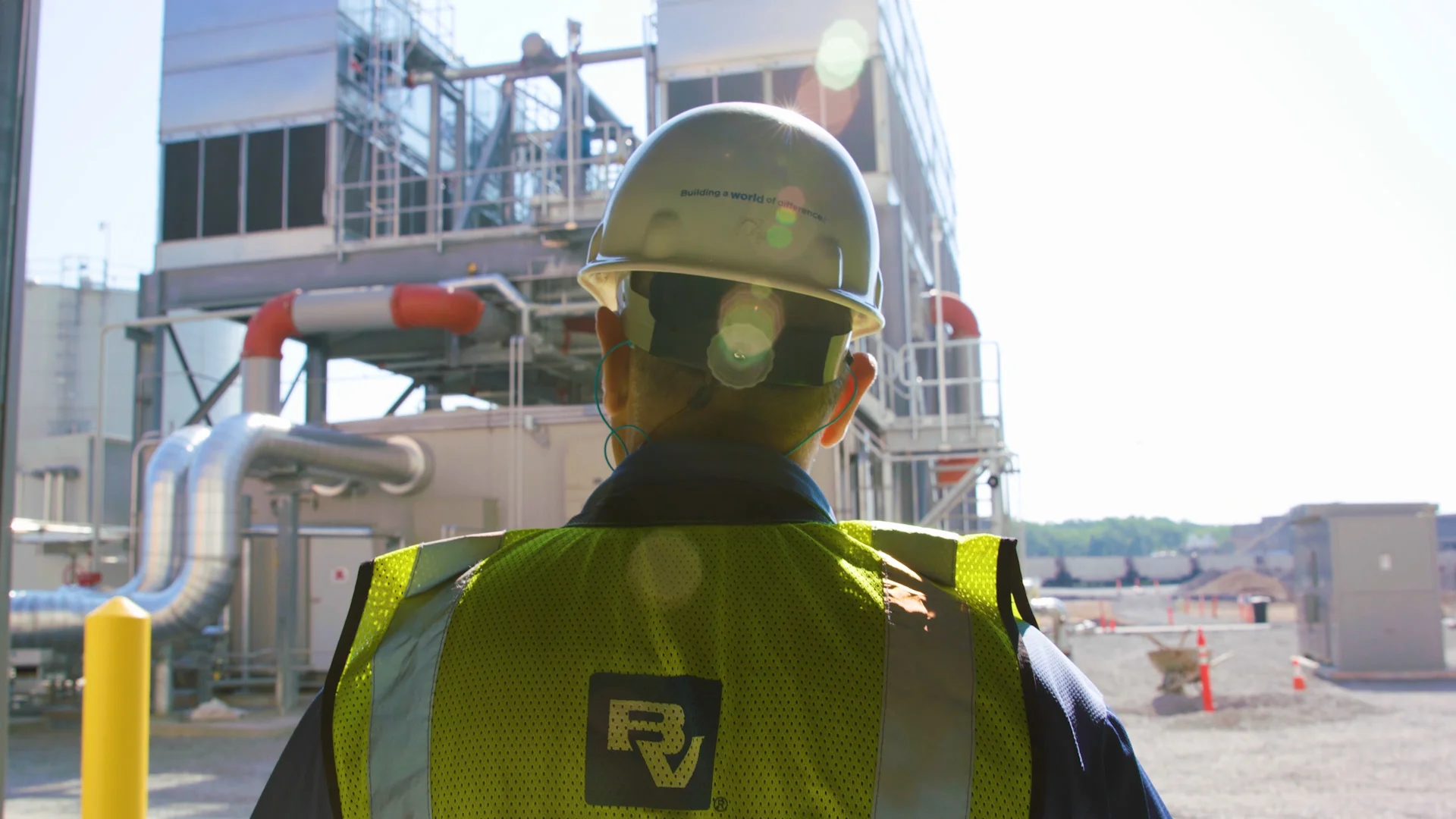Bringing Emerging Feedstocks to Fuel the Bioeconomy

Imagine a world where sugar is not the only standard feedstock, instead, there are other abundant alternatives to fuel the bioeconomy. This future is not so distant with emerging feedstocks like methane and CO2 becoming readily available and proving to be more sustainable. Yes, there are challenges that require evaluation of the efficacy, quality, and economics from laboratory to pilot to demonstration to full commercial, but Black & Veatch has the experience to support our clients with evaluating the technical and economic feasibility and successfully implementing these solutions every step of the way to commercialization.
Evaluating Emerging Feedstocks
Whether creating fuels, chemicals, proteins, or a host of other products, these emerging methods are here to stay and can lower production costs and boost profit margins. One example is the choice of basic feedstock. The “tried and true” standard is sugar, but a growing alternative is gas fermentation – specifically either methane or CO2.
Methane converted into protein, plastics and other value-added products has two key advantages, it is readily available and cheap. Think of all the LNG pipelines that crisscross the US (and the world) – Methane is abundant and quite pure, and its processing is simpler than sugar. For sugar processing, prior to fermentation, you must process the raw feedstock and then enzymatically release the sugars from corn, creating a front-end processing step. Methane fermentation doesn’t require this, so it more straight-forward.
An example of this concept in action is the first commercial scale alternative animal feed production facility in Chongqing, China. Black & Veatch in partnership with Shanghai LBT Engineering & Technology Co. and Calysta, designed and built this 20,000-ton commercial-scale methane fermentation plant for Calysseo Chongqing Co. Ltd. to produce a substitute ingredient for fishmeal via natural fermentation to be used as an alternative feed ingredient for the aquaculture and animal feed industry. This inspiring project was only realized by bringing together biotechnology, gas processing and sustainable engineering expertise from across our global organization, combined with an innovative and collaborative client, backed by a great local team and partner.
Another fuel emerging as a viable feed for the future, although not as developed as methane, innovators are working to develop CO2 fermentation. Some added benefits to using CO2 as a feedstock include meeting environmental and sustainability goals. We know of one company working to develop syn-chemicals from CO2, and another project that would convert CO2 to protein. Methane and CO2 fermentation have other advantages, including the robustness of its microorganism’s ability to withstand competition from other species. For example, lots of species like eating sugar, but very few will eat away at methane or CO2. This naturally creates an economic advantage in the ability to design a continuous process, less lost batches due to contamination and less utilities used in cleaning and sterilization.
Understanding Costs - Concept to Customer
There are many factors to consider when building a bioprocessing facility on a commercial scale for an emerging feedstock, including the downstream costs to purify the product, the utilities required to support the process and other functions. This includes water and water treatment, required gases, clean-in-place, steam-in-place, effluents, emissions and multiple-buildings for control systems and maintenance. Frequently, the laboratory level purifications accomplished at a petri dish scale don’t translate to large-scale commercial equipment without understanding how the process scales up – a costly reality that can be missed.
The standard we set at Black & Veatch is 1,000 hours of bioprocessing at the pilot or demonstration level provides innovators with a thorough understanding of what it will take to bring their products, including emerging feedstocks, to commercial scale. This is the best way to know the final product specifications that will be sold to customers, and it will greatly help in putting the final goal – scale-up commercialization – into proper perspective. We can design and model the downstream process, supporting clients with our expertise on what to expect and how to plan for downstream costs.
As the bioeconomy continues to evolve, Black & Veatch remains dedicated to supporting and guiding industry innovators at every turn. From process development studies to providing cost estimates to bring products to commercial scale, we have the expertise in process engineering to meet our clients process facility needs all over the globe.
Contact Us
Looking for a partner in innovation?
Let's Talk
